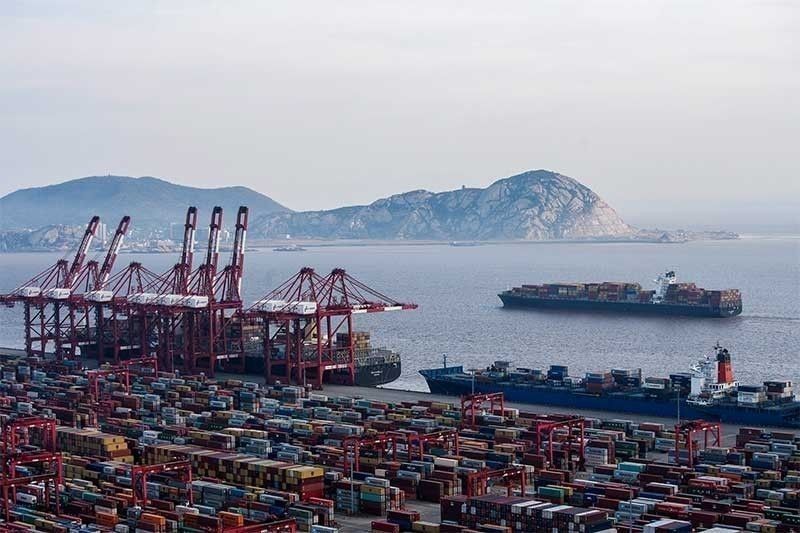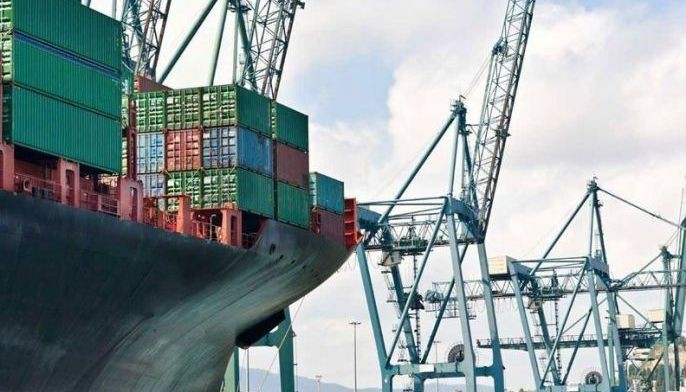Philippine trade gap narrows in February

MANILA, Philippines — The Philippines posted a narrower trade gap in February as exports marked their fourth month of contraction while imports continued to register single-digit growth, the country’s statistics agency reported Thursday.
Trade deficit in February stood at $2.79 billion, slimmer than the $3.76 billion gap chalked up in the previous month. In the same period last year, the country’s balance of trade swung to a $2.54 billion deficit.
Merchandise exports sagged by 0.9% in February — a reversal of 1.3% growth posted a year ago but better than 6.7% drop in January. Meanwhile, imports grew 2.6%, lower than 3.6% growth in January 13.7% increment in the same month last year.
Commenting on the latest trade figures, Nicholas Mapa, senior economist at ING Bank in Manila, said slowing imports “is a cause of concern.”
“Elevated borrowing cost after the [Bangko Sentral ng Pilipinas’] aggressive 175-basis point rate hike in 2018 seems to be hampering capital expansion. Add to this the budget delay, which put government projects on hold,” Mapa said.
“As such, capital goods imports are likely to remain weak. Meanwhile, slowing inflation should support household spending, and thereby the consumer goods import growth,” he added.
On the export side, Mapa noted that outbound shipments remain heavily dependent on the electronics trade, which he said managed to post “only meagre growth prints” while the rest of the sector struggled.
“The ongoing trade war means that the Philippine export sector will need to continue to build on reforms to boost productivity, by enhancing supply chains and increasing standards,” the economist said.
“At the same time, hopes remain pinned on a weaker currency buying them some time to stay afloat until the true export renaissance,” he added.
The trade gap in the Philippines has been yawning since 2017 amid a rise in imports to feed the Duterte government’s ambitious infrastructure program, reversing the nation’s current account surplus to a deficit and pressuring the peso.
The country’s economic managers have repeatedly said high imports would “support domestic economic expansion.” They also said several episodes of peso depreciation would give the export sector a boost.
“Until then, we expect the persistent trade deficit to continue to exert a deprecation bias on the PHP, though with the slowdown in capital goods and raw material imports, trade deficits may not be as pronounced and current account gaps should improve in the coming months,” Mapa said. — Ian Nicolas Cigaral
- Latest
- Trending
































